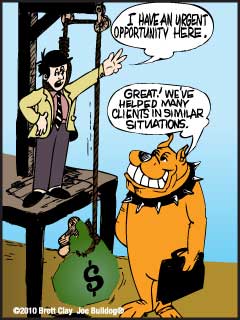Change Leadership — Secret # 63
Calculate the Force for Change
The most rewarding things you do in life are often the ones that look like they cannot be done. —Arnold Palmer
What I Need to Know |
I first described the “Force for Change” model in Forceful Selling—you can think of it as the “force” in Forceful Selling.
Force for Change=C*U*S-SC
C = Criticality. How critical is the situation for the person or organization? Is the current situation just an inconvenience? Or at the other extreme, is it life-threatening?
U = Urgency. How urgent is the situation? Is there a specific event or force that will compel the person or organization to take action at a specific time?
S = Confidence. How confident is the person in the likelihood of success of the proposed change?
SC = Switching costs. What are the costs of implementing a new situation or solution, plus the costs of disposing the current solution, plus the emotional and psychological costs associated with switching to the new solution?
Rather than weighing the forces on each side of the fulcrum, the Force for Change formula measures the degree to which the driving forces exceed the switching costs, similar to traditional return-on-investment calculations used in capital budgeting.
What I Need to Do |
First, use the Force for Change formula to qualify prospective customers and change opportunities. If the associated criticality, urgency, and confidence are all low, you will have low success finding support for the change. Likewise, if the status quo is firmly implanted (e.g., all 100,000 of the customer’s employees have learned to use your competitor’s product), dislodging the status quo will be difficult. Your resources may be better utilized in other accounts.
Second, look for opportunities and develop products and services that address highly critical and urgent business issues in your target market. Try to avoid “nice to have” products and find ways to make them more critical and urgent. If, after exhausting all ideas and hope, your product is still a nice-to-have, you need to assess your personal Formula for Change and Force for Change calculations and consider selling a different product.
Last, but certainly not least, use the Force for Change factors to guide your tactics, for example, raise confidence or lower switching costs.
Action Summary |
|
 |



Social